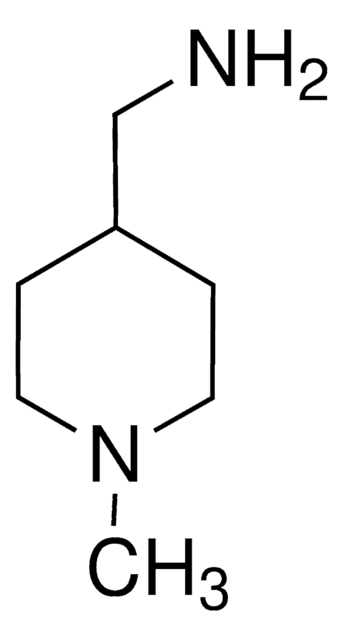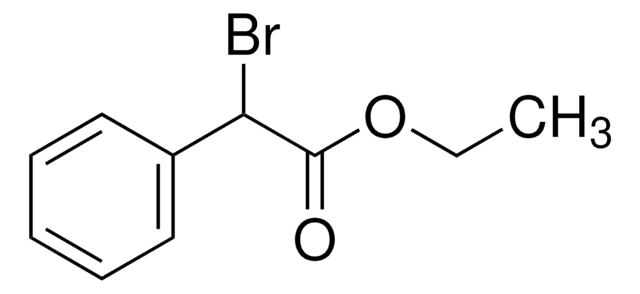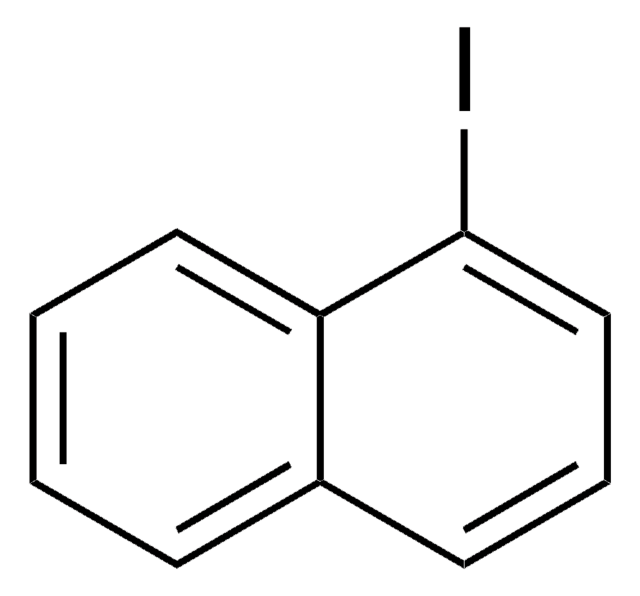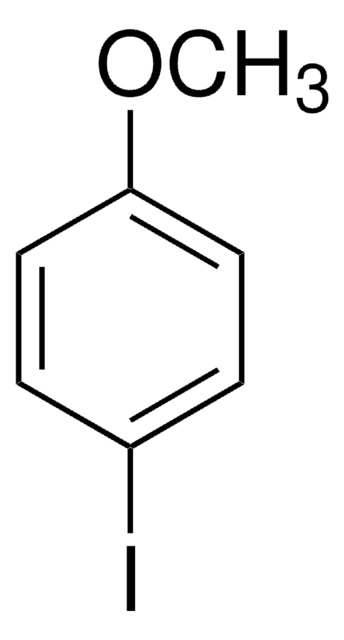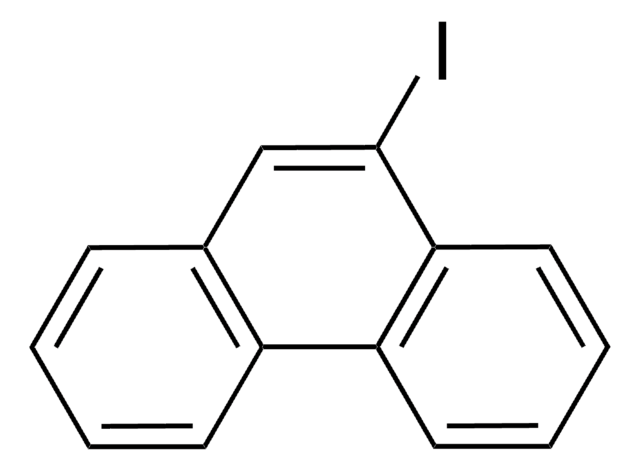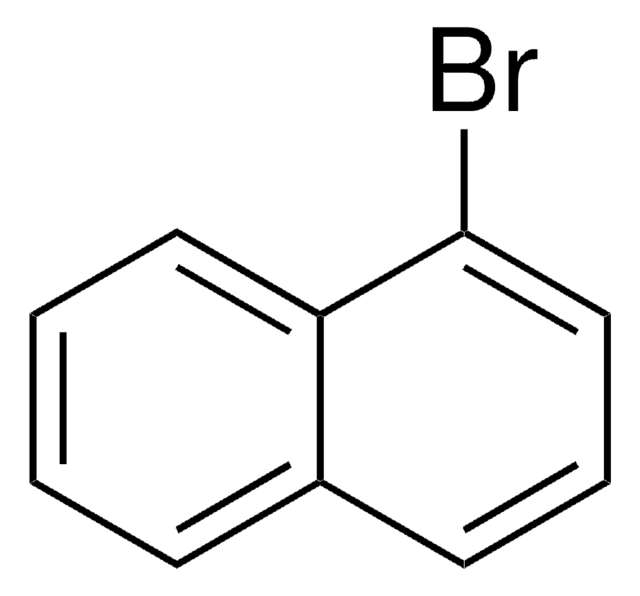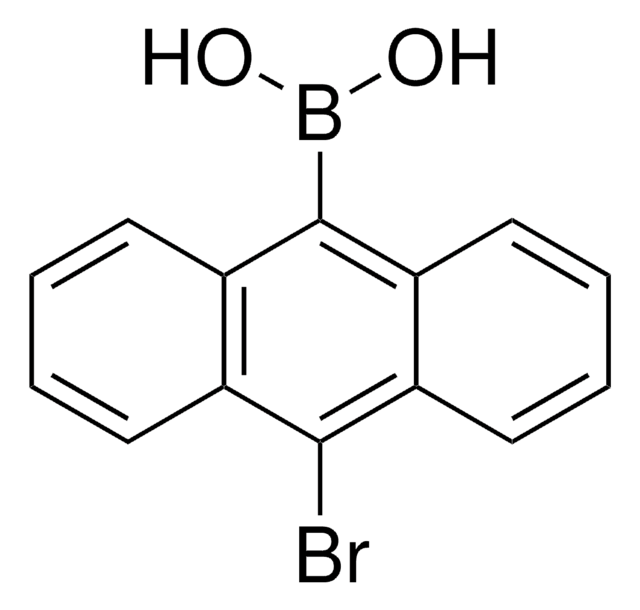B75409
9-Bromophenanthrene
96%
Synonym(s):
9-Phenanthryl bromide
Sign Into View Organizational & Contract Pricing
All Photos(1)
About This Item
Empirical Formula (Hill Notation):
C14H9Br
CAS Number:
Molecular Weight:
257.13
Beilstein:
1869927
EC Number:
MDL number:
UNSPSC Code:
12352100
PubChem Substance ID:
NACRES:
NA.22
Recommended Products
Assay
96%
form
powder
bp
180-190 °C/2 mmHg (lit.)
mp
60-64 °C (lit.)
SMILES string
Brc1cc2ccccc2c3ccccc13
InChI
1S/C14H9Br/c15-14-9-10-5-1-2-6-11(10)12-7-3-4-8-13(12)14/h1-9H
InChI key
RSQXKVWKJVUZDG-UHFFFAOYSA-N
Looking for similar products? Visit Product Comparison Guide
Related Categories
General description
9-bromophenanthrene is a versatile halogenated organic compound that can be used as a reagent in various reactions such as Friedel-Crafts reaction and the Diels-Alder reaction. It is also used as a precursor for the synthesis of 9-bromoanthracene, 9-bromophenanthroline, and 9-bromophenanthridine.
Application
9-bromophenanthrene can be used as a building block in the synthesis of N-heterocyclic-carbene complexes via Suzuki−Miyaura cross-coupling reaction with aryl boronic acids.
Storage Class Code
11 - Combustible Solids
WGK
WGK 3
Flash Point(F)
Not applicable
Flash Point(C)
Not applicable
Personal Protective Equipment
dust mask type N95 (US), Eyeshields, Gloves
Choose from one of the most recent versions:
Already Own This Product?
Find documentation for the products that you have recently purchased in the Document Library.
Customers Also Viewed
Long Zhao et al.
Chemphyschem : a European journal of chemical physics and physical chemistry, 20(6), 791-797 (2019-02-03)
For the last decades, the hydrogen-abstraction-acetylene-addition (HACA) mechanism has been widely invoked to rationalize the high-temperature synthesis of PAHs as detected in carbonaceous meteorites (CM) and proposed to exist in the interstellar medium (ISM). By unravelling the chemistry of the
Diógenes Herreno-Sáenz et al.
International journal of environmental research and public health, 3(2), 191-195 (2006-07-11)
Since the finding in the 1930s, a large number of polycyclic aromatic hydrocarbons (PAHs) of different structures have been tested for potential tumorigenicity. Structure-activity relationships of halo-PAHs have been investigated to determine the regions of a PAH that may be
Rong Jin et al.
Journal of chromatography. A, 1509, 114-122 (2017-06-18)
Isotopic dilution gas chromatography combined with high resolution mass spectrometry (GC/HRMS) has overwhelming advantages with respect to the accuracy of congener-specific ultratrace analysis of complex persistent organic pollutants (POPs) in environmental matrices. However, an isotopic dilution GC/HRMS method for analysis
Jian-Lin Sun et al.
Ecotoxicology and environmental safety, 113, 31-37 (2014-12-09)
Halogenated polycyclic aromatic hydrocarbons (HPAHs) have been reported to occur widely in urban air. Nevertheless, knowledge about the human health risk associated with inhalation exposure to HPAHs is scarce so far. In the present study, nine HPAHs and 16 PAHs
Our team of scientists has experience in all areas of research including Life Science, Material Science, Chemical Synthesis, Chromatography, Analytical and many others.
Contact Technical Service